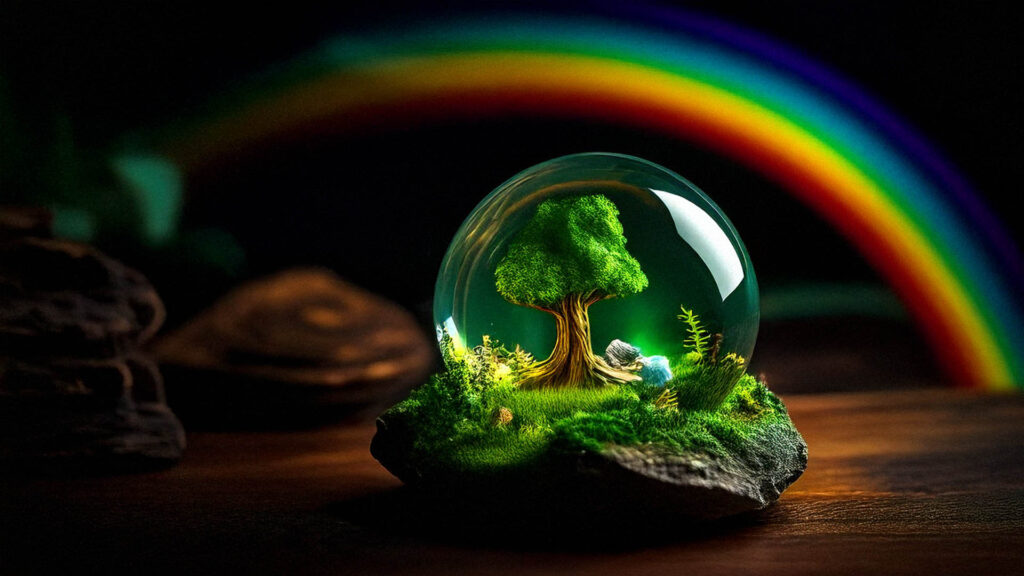
The concept of chakras comes from ancient Indian spiritual traditions, particularly within Hinduism and Buddhism, where they are considered energy centers in the body that govern various aspects of physical, emotional, and spiritual health. The word “chakra” itself is derived from the Sanskrit word for “wheel,” symbolizing the spinning, dynamic nature of these energy centers. There are seven main chakras, each associated with a specific part of the body, a color, a sound, and various emotional or physical functions. These energy centers are thought to be aligned along the spine, starting at the base and extending upwards to the crown of the head.
Each chakra is believed to regulate different physical organs and systems, as well as emotional and spiritual aspects of a person’s life. The first chakra, known as the Muladhara or Root Chakra, is located at the base of the spine and is associated with survival, security, and grounding. The second chakra, Svadhisthana or Sacral Chakra, governs creativity, sexuality, and emotional well-being, and is located in the lower abdomen. The third, Manipura or Solar Plexus Chakra, is linked to personal power, self-esteem, and willpower, found in the area above the navel. The fourth, Anahata or Heart Chakra, is the center of love, compassion, and connection, situated in the chest.
The fifth chakra, Vishuddha or Throat Chakra, is associated with communication, self-expression, and truth, located at the throat. The sixth, Ajna or Third Eye Chakra, governs intuition, perception, and insight, positioned between the eyebrows. Finally, the seventh chakra, Sahasrara or Crown Chakra, represents spiritual connection, higher consciousness, and enlightenment, located at the top of the head. These chakras are interconnected, and imbalances in one can affect the others, potentially leading to physical, emotional, or spiritual challenges.

Chakra balancing and healing are central aspects of many Eastern wellness practices, including yoga, meditation, and energy healing techniques. The idea is that when the energy flow through the chakras is blocked or unbalanced, it can result in illness or emotional distress. Various practices, such as specific yoga poses, breathwork, mantras, and visualizations, are used to open, cleanse, and balance the chakras. In modern holistic health, chakra healing is often employed alongside traditional medical treatments to promote overall well-being and to foster a deeper connection with the mind, body, and spirit.
Beyond their role in individual health, chakras are often seen as part of a larger spiritual system that connects a person to universal energy or consciousness. As each chakra is associated with different levels of existence—from the physical to the spiritual—working on these energy centers can lead to personal transformation and a deeper understanding of one’s life purpose. While the chakra system is not universally accepted in Western medicine, its influence on mindfulness practices, personal growth, and alternative healing therapies has made it a popular concept in modern wellness circles.
When you purchase through links on our site, we may earn an affiliate commission.


